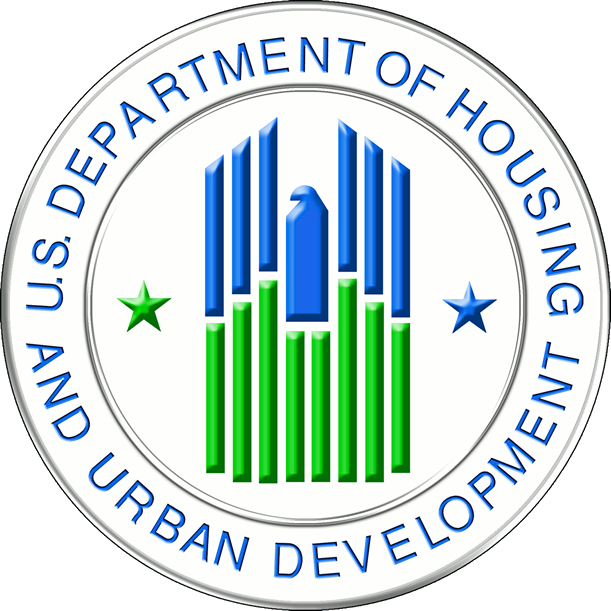
| Entities | |
| Laws | Fair Housing Act (2) |
| Topics and Issues | Algorithms (13) Disparate impact (2) Residential/Tenant Screening (84) Rohit Chopra (2) |
In June 2018, the U.S. Department of Housing and Urban Development (HUD) issued an advance notice of proposed rulemaking (ANPR) concerning
possible amendments to HUD’s 2013 final rule implementing the Fair Housing Act’s disparate impact standard, as well as the 2016 supplement to HUD’s responses to certain insurance industry comments made during the rulemaking. HUD is reviewing the final rule and supplement to determine what changes, if any, are appropriate following the Supreme Court’s 2015 ruling in Texas Department of Housing and Community Affairs v. Inclusive Communities Project, Inc., which held that disparate impact claims were cognizable under the Fair Housing Act and discussed standards for, and the constitutional limitations on, such claims.
As HUD conducts its review, it is soliciting public comment on the disparate impact standard set forth in the final rule and supplement, the burden-shifting approach, the relevant definitions, the causation standard, and whether changes to these or other provisions of the rule would be appropriate. HUD is also issuing this ANPR in response to public comments submitted on its May 15, 2017, Federal Register document seeking input on ineffective regulations and an October 26, 2017, recommendation from the Department of the Treasury.
In August 2019, HUD issued its proposed rule on burden-shifting and disparate impact. This proposed rule followed HUD’s May 2017 notice pursuant to Executive Orders 13771, ‘‘Reducing Regulation and Controlling Regulatory Costs,’’ and 13777, ‘‘Enforcing the Regulatory Reform Agenda,’’ inviting public comments to assist HUD in identifying existing regulations that may be outdated, ineffective, or excessively burdensome. The proposed rule also followed the June 2018 ANPR on burden-shifting and disparate impact. The proposed rule was issued
[i]n response to comments received on HUD’s May 15, 2017, notice and June 20, 2018, ANPR, this rule proposes to replace HUD’s current discriminatory effects standard at § 100.500 with a new standard and incorporate minor amendments to §§ 100.5, 100.7, 100.70, and 100.120. These amendments are intended to bring HUD’s disparate impact rule into closer alignment with the analysis and guidance provided in Inclusive Communities as understood by HUD and to codify HUD’s position that its rule is not intended to infringe upon any State law for the purpose of regulating the business of insurance. HUD intends these regulations as an update to HUD’s existing framework for evaluating administrative actions alleging a claim of disparate impact and to provide guidance to members of the public seeking to comply with the Fair Housing Act or in bringing a claim for
disparate impact that meets the prima facie requirements outlined in Inclusive Communities.
In September 2020, HUD issued its final rule (with a technical correction issued shortly thereafter) that
amends HUD’s 2013 disparate impact standard regulation to better reflect the Supreme Court’s 2015 ruling in Texas Department of Housing and Community Affairs v. Inclusive Communities Project, Inc. and to provide clarification regarding the application of the standard to State laws governing the business of insurance. This rule revises the burden-shifting test for determining whether a given practice has an unjustified discriminatory effect and adds to illustrations of discriminatory housing practices found in HUD’s Fair Housing Act regulations. This Final rule also establishes a uniform standard for determining when a housing policy or practice with a discriminatory effect violates the Fair Housing Act and provides greater clarity of the law for individuals, litigants, regulators, and industry professionals.
In response to HUD’s 2018 ANPR, CDIA filed a comment. CDIA asked for a review and modification of the 2016 Guidance with respect to the type of criminal history information that a housing provider can consider in justifying an adverse housing action. CDIA told HUD that the 2016 Guidance merited modification to ensure consistency with other HUD guidance that offer advice on the use of criminal history information as well as guidance on the use of criminal history information issued by the Equal Employment Opportunity Commission (EEOC) in the employment setting, and to conform to Federal law more broadly.
In response to HUD’s 2019 NPR, CDIA filed a comment. That comment sought to address the use of algorithms and AI in housing decisions. A noteworthy comment was filed by FTC Commissioner, Rohit Chopra.
On January 26, 2021, the Biden Administration issued its Memorandum on Redressing Our Nation’s and the Federal Government’s History of Discriminatory Housing Practices and Policies, which explained that the Administration intended to reconsider the 2020 Rule. Following that announcement, HUD voluntarily dismissed the appeal that it had taken under the Trump Administration from the preliminary injunction in Massachusetts Fair Housing Center v. HUD, 496 F. Supp. 3d 600 (D. Mass. 2020).
In June 2021, HUD issued a notice of proposed rulemaking for a rule titled Reinstatement of HUD’s Discriminatory Effects Standard. As the title of the proposed rule suggests, HUD “proposes to recodify the 2013 Rule’s discriminatory effect standard” and eliminate all of the substantive changes it made previously in the 2020 Rule, including the provisions respecting the application of disparate-impact liability to insurers and the defenses that would apply to certain businesses. In so doing, HUD explained its view that the decision in Inclusive Communities “maintained the fundamentals of long-established precedent rather than changing them.” Under the proposed rule, the only provision of the 2020 Rule that would remain is the addition of certain examples of discriminatory activity to a “non-exhaustive list of prohibited activities.”